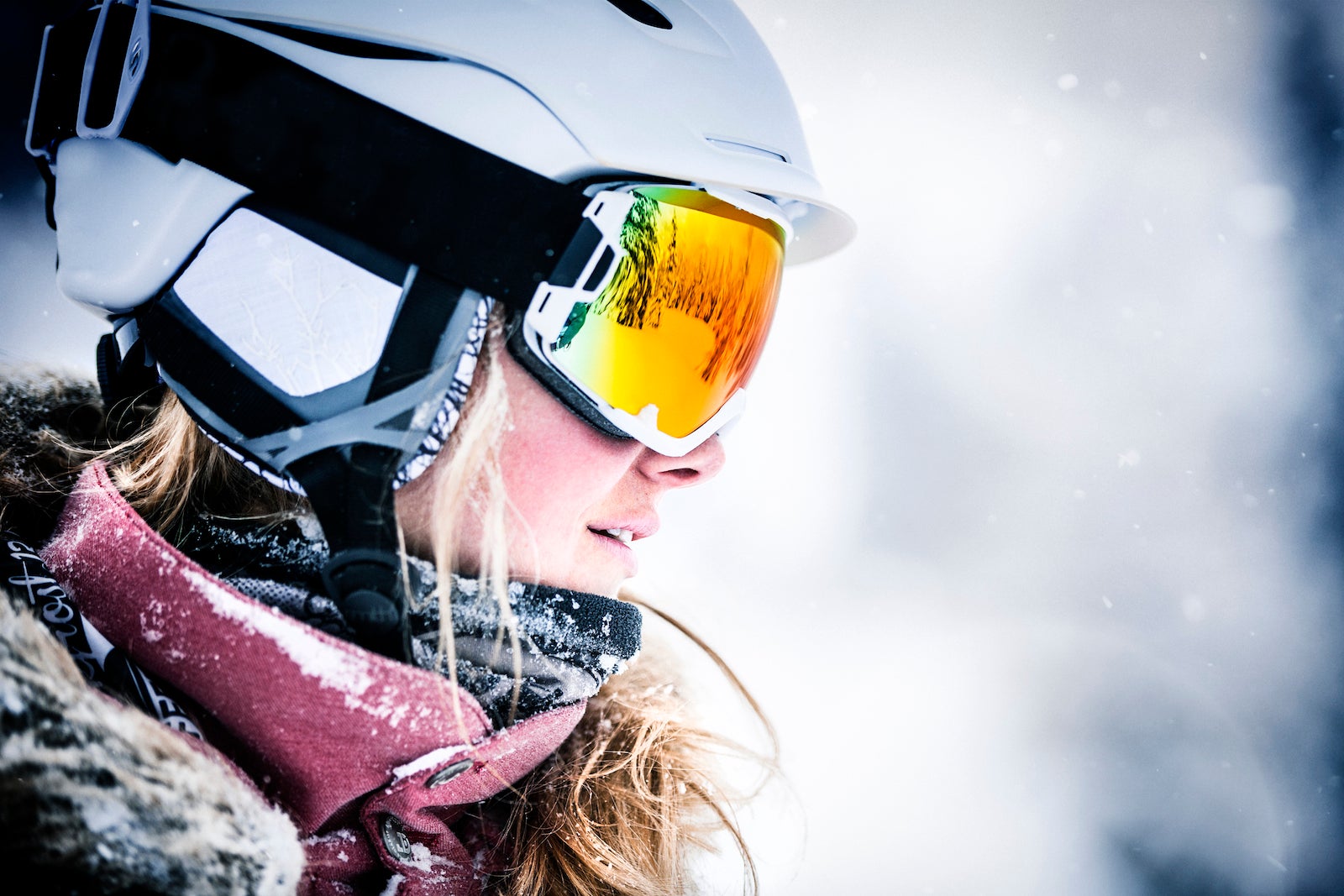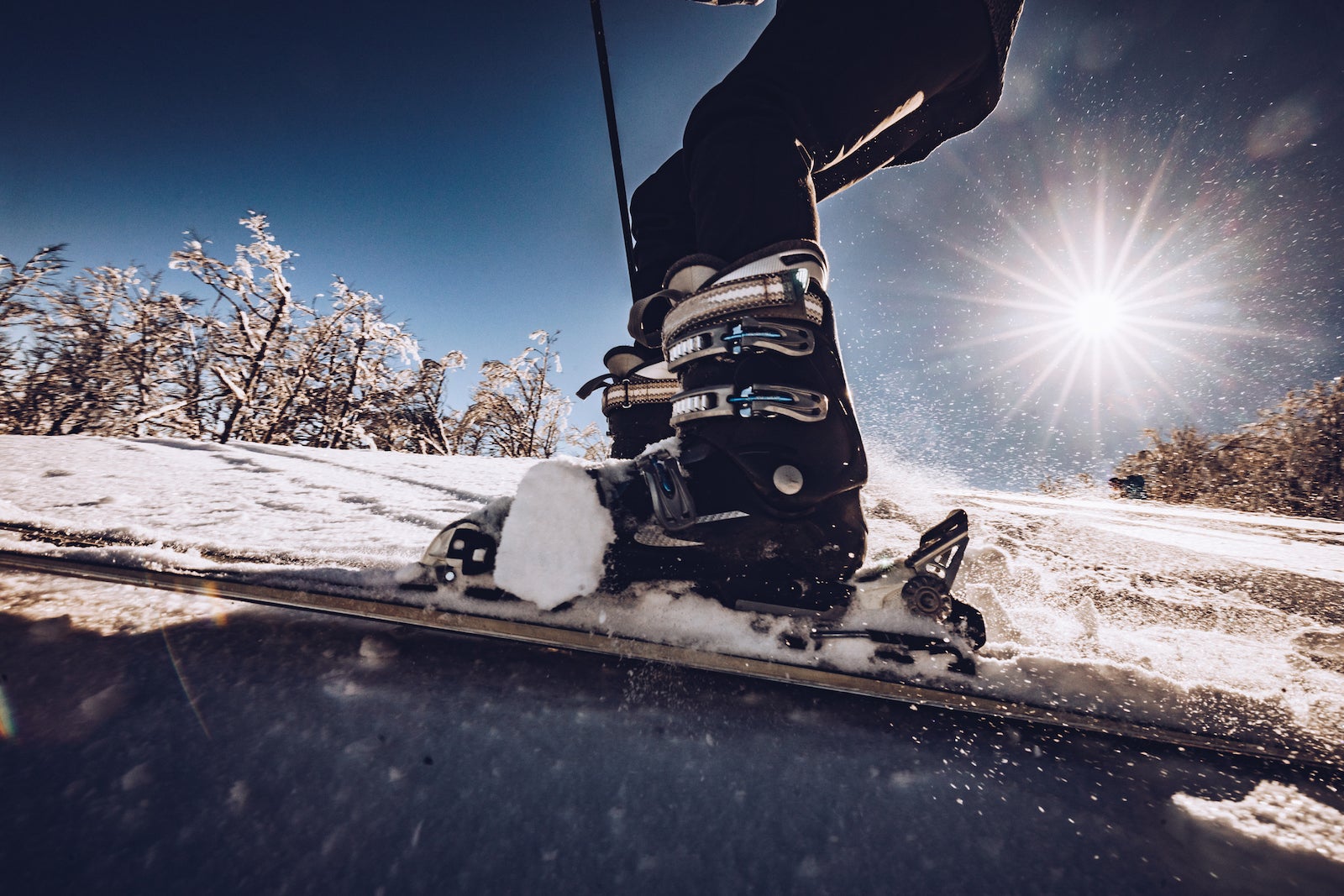HOSTED BY: 1 AIR TRAVEL
Editor’s note: This piece is periodically updated.
With snow beginning to fall in the mountains and lifts across the country already starting to spin, skiers and snowboarders nationwide are counting down the days to steep slopes and deep powder.
However, when it comes to packing for a ski trip, things can get a bit stressful if you aren’t sure what to bring.
Planning a ski trip can have its logistical difficulties — deciding where to ski, how to avoid crowds and where to stay. Should you stay in town, close to all of the restaurants and bars, or on the mountain, close to the slopes?
Then there’s the gear to consider. Unless you plan to rent equipment, be sure to pack your boots, skis and poles (or snowboard) in a single bag, when possible, to avoid accruing additional fees — though many airlines won’t charge extra for a separate boot bag.
Of course, you need more than just ski equipment for a perfect ski vacation. To help you avoid dragging around bulky luggage that contains everything but the things you actually need, we compiled a list to help you pack only the necessities for your ski trip this winter.
Packing for a ski trip: The right layers

Layers are key to surviving the cold temperatures and all the fluctuations you will deal with while on the slopes. FABRICE COFFRINI/AFP/GETTY IMAGES
Air temperatures can fluctuate wildly depending on the day, time and elevation. Your own body temperature can also change depending on how hard you’re skiing.
Wearing multiple layers makes it easier to regulate your body heat. When heading out for an active adventure in cold conditions, try to avoid cottonas it absorbs moisture and takes time to dry. Instead, opt for synthetic materials, wool or fleece.
Base layers
Not only do base layers provide extra insulation, but they’re also designed to wick sweat away from the body, keeping you warm and dry. Depending on the duration of the trip, one to two sets should be enough. Patagonia makes breathable bottom and top layers in a variety of weights for men, women and children. Even better, they come in a variety of colors and patterns.
Middle layers
The purpose of the middle layer is to provide insulation. During warmer spring skiing days, however, a middle layer may not be necessary at all (or you can opt for something lightweight).
Last fall, Mountain Hardwear expanded its “Stretchdown” collection, a variety of pullovers, jackets, parkas and pants that come in three weights depending on the temperatures you’re expecting. It’s always a good idea to “be bold and start cold” — that way you don’t have to ditch layers after your body warms up on the first run.
Outer layers
Outer layers are the main protection against heat loss through convection. To put it simply, a good outer layer will keep you dry when it’s wet and warm when it’s windy.
While some may opt for a heavier insulated ski jacket, using a waterproof shell for an outer layer has its benefits, including providing breathable protection from the wind and allowing you to wear as few or as many layers underneath as necessary. Best of all, a shell will take up way less space in your suitcase.
The Skyward II Jacket, made by Outdoor Research, is waterproof, breathable and lightweight, and comes in both men’s and women’s styles. Patagonia’s Powder Bowl shell pants are a great option and come in styles for men and women.
New for fall 2022, Mountain Hardware released the Viv Gore-tex Pro Jacket, which is a ski-specific outer shell with features like a helmet-compatible hood, a snow-proof skirt and snaps that connect to the associated bib, keeping the snow out even on the deepest days.
Related: 12 packing hacks for flying low-cost carriers
Gloves or mittens
The quickest way to get cold hands is to wear gloves that make you sweat, so choose your gloves based on the forecasted temperatures during your trip.
During the coldest days, consider the Mt. Baker Modular Mitts by Outdoor Research. If you prefer gloves over mittens, the Arc’teryx Fission SV Gloves will provide the warmth and breathability you need. When spring arrives and you’re ready for balmy days filled with soft corn snow, bring Black Diamond’s LightWeight Softshell Gloves along.
lightweight helmetYour brain is the most important part of your body, so protect it.
Bern has a nice array of stylish and warm helmets, perfect for a day (or hundreds of days) on the slopes. They have a number of different snow-specific helmets, many of which are thin and have a low profile, keeping the weight to a minimum. They also have adjustable vent systems, which allow for full control of ventilation based on conditions and preferences.
When possible, choose a helmet with a multi-directional impact protection system like the Smith Vida, which is designed to protect against angular and rotational impacts.
Ventilated goggles

Being able to see where you are going is key — so you don’t want to have your goggles fog up when you’re going down the mountain. ANDRE SCHOENHERR/GETTY IIMAGES
No one likes flying down the slopes at full speed, only to realize that the thick fog they just skied into is actually inside their goggles. When choosing a pair, pick a product with good ventilation and a dual lens to help prevent fogging.
Neck gaiter
Scarves can be great for a cold evening around town, but they can also be a serious hassle on the ski hill. Keep it simple by using a neck gaiter (such as the Merino 250 by Smartwool) to keep your neck warm on a cold day.
Ski socks
With a single pair of high-quality, knee-high synthetic or wool ski socks, your feet will stay warm and dry all day without having to fill your suitcase with bulky bundles of socks.
Darn Tough and Swiftwick both make great socks for active outdoor adventures. Swiftwick’s “Pursuit Hike” socks come in light and medium weights and are intended to keep your feet dry and blister-free, making them a great option for ski socks.
Be sure to pack a few pairs, but because they dry fast, you can use them more than once on a single ski trip if need be.
Lip balm
When the temperatures drop, the wind picks up and the air dries out, it’s not a matter of if you will need lip balm, but when. Keep a stick of Burt’s Bees lip balm with SPF in your pocket and you’ll have nothing to worry about.
Sunscreen
As always, don’t forget the sunscreen. It’d be a shame to end up back at the lodge with a nasty sunburn unless you’re going for the classic goggle tan look. Thinksport makes an SPF 50+ sunscreen that can help keep those UVA and UVB rays off your face (and wherever else you may need to apply it).
Safety gear
In recent years, skiing out of bounds, or “off-piste,” has become increasingly popular. While skiing out of bounds requires an entirely different set of skills than resort skiing, there are a few things that might be worth bringing even if you simply plan to duck into the woods for a few glade laps.
A personal locator beacon, or PLB, allows skiers to send out an SOS in case of an emergency when a cell signal doesn’t exist. Some, like the SPOT X, even connect to your cellphone using Bluetooth, allowing you to send text messages in areas without cellphone service. Of course, you should only use a device like this in the case of a true emergency (and only head into the trees if your skills allow it).
If you do find yourself out of ski resort boundaries, know that help may not be available, and if it is, you could be slapped with a hefty bill, especially if you don’t have the appropriate gear and know-how to travel in the backcountry.
Having a backpack to carry things like snacks, water and first aid supplies can also be useful. Mountain Hardwear recently released two ski-specific packs — the Snoskiwoski 40 and the Powabunga 32. The latter is geared more toward in-bounds hike-access terrain that can be accessed by short walks from the lift and is likely the better option for a standard day at the resort.
Packing for a snowboarding trip
Luckily, all of the aforementioned ski gear also applies to the snowboarders of the family. Mother Nature doesn’t care if you’re ripping turns on skis or throwing powder carves on a snowboard — cold weather is cold weather.
Of course, the technical gear is different with snowboards versus skis, but the necessary layers, goggles, backpacks, helmets and so on are universal regardless of how you choose to slide down the hill.
Pack for after a day on the slopes
Waterproof winter boots

You don’t want to stay in your ski boots all day, so be sure to bring something else that will handle the elements and give your feet a break. SKYNESHER/GETTY IMAGES
While you’re on the slopes, your ski or snowboard boots will be your footwear of choice. However, chances are if it’s cold enough to ski, it’s cold enough to need warm boots after you’ve left the slopes.
Unless you plan on wearing your ski boots out to dinner, you may want to pack a pair of L.L. Bean’s classic shearling-lined Bean Boots along for the trip. Great for men, women and kids, these boots are waterproof and stylish, so you don’t have to pile multiple pairs of shoes into your suitcase.
Warm clothing for a night on the town
It might seem obvious, but you’ll likely not want to wear your ski pants out to dinner after spending the day on the hill (of course, I’m not going to speak for everyone here). Pack a few comfortable pairs of clothing, keeping in mind that it will still be cold at night and that a lot of ski villages are designed for walking.
Extra gloves
Whether walking to a nearby cocktail bar for apres ski activities, heading out for a nice dinner or sampling the beers at a local brewery, make sure to bring an extra set of gloves to keep your hands warm while your ski gloves dry for the next day.
n insulated coffee mugThis definitely isn’t a mandatory ski packing list item, but ski trips and hot drinks go hand in hand. Bringing an insulated thermos or coffee mug ensures you won’t be drinking cold coffee (or hot chocolate) within 10 minutes and is also easier on the environment.
Winter hat
Since you’ll wear your helmet on the slopes, you won’t need a hat then to keep your ears warm. However, when it comes time to walk through the village to grab a bite to eat for dinner, hopefully you won’t still be using your helmet for warmth.
Mountain Hardwear’s Dome beanies are made of soft, polyester fleece and are lightweight and cozy. Many versions are also snug enough to fit under your helmet on especially cold days.
Related: Back to basics: 6 changes I hope ski resorts keep after the pandemic melts away
Title: Everything you need to know about packing for a ski trip
Sourced From: thepointsguy.com/guide/how-to-pack-ski-trip/
Published Date: Fri, 11 Nov 2022 20:00:01 +0000
No comments:
Post a Comment